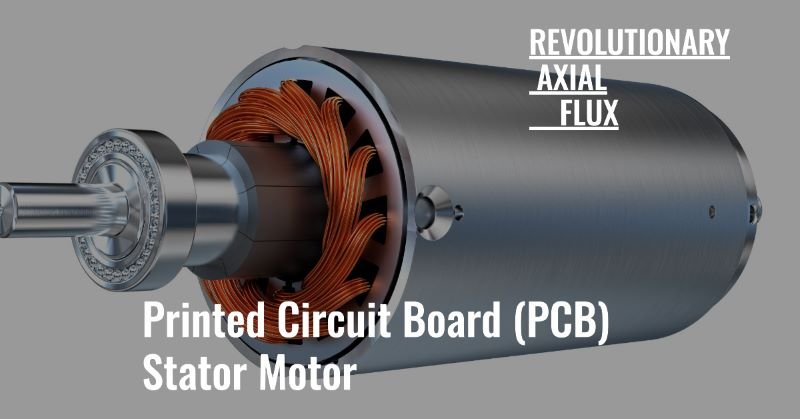The Alternating Projection Algorithm (AP algorithm)
The Alternating Projection Algorithm (AP algorithm) is a mathematical method used to solve optimization problems involving sets and projections. It is a powerful tool in the field of signal processing, image reconstruction, and convex optimization.
Introduction to the AP Algorithm
The AP algorithm was first introduced by John von Neumann in the 1950s. It is a simple yet effective algorithm that iteratively projects a point onto a set and then onto another set, alternating between the two. The goal is to find a point that belongs to the intersection of the two sets, if such a point exists.
The algorithm is based on the concept of projection, which is a fundamental operation in convex geometry. A projection of a point onto a set is the closest point in the set to the given point. The AP algorithm takes advantage of this concept to iteratively approach the optimal solution.
Working Principle of the AP Algorithm
The AP algorithm starts with an initial point and two sets, A and B. It then iteratively performs the following steps:
- Project the current point onto set A to obtain a new point.
- Project the new point onto set B to obtain another new point.
- Repeat steps 1 and 2 until convergence.
The algorithm converges when the difference between two consecutive points becomes sufficiently small. The final point obtained is an approximation of the optimal solution, which belongs to the intersection of sets A and B.
Applications of the AP Algorithm
The AP algorithm has a wide range of applications in various fields:
Signal Processing
In signal processing, the AP algorithm is used for signal reconstruction from incomplete or noisy measurements. It can be used to recover a signal that satisfies certain constraints, such as sparsity or low-rankness. The algorithm iteratively projects the current estimate onto the set of feasible signals, improving the reconstruction quality at each iteration.
Image Reconstruction
The AP algorithm is also applied in image reconstruction, particularly in computed tomography (CT) and magnetic resonance imaging (MRI). It is used to reconstruct high-resolution images from a limited number of projections or measurements. By iteratively projecting the current estimate onto the set of feasible images, the algorithm improves the image quality and reduces artifacts.
Convex Optimization
In convex optimization, the AP algorithm is used to solve problems involving multiple convex sets. It can be used to find the intersection of these sets, which corresponds to the optimal solution of the optimization problem. The algorithm iteratively projects the current point onto each set, alternating between them until convergence.
Advantages and Limitations of the AP Algorithm
The AP algorithm has several advantages:
- It is a simple and intuitive algorithm that is easy to implement.
- It is computationally efficient and converges quickly for many problems.
- It can handle large-scale problems with high-dimensional data.
However, the AP algorithm also has some limitations:
- It may not converge to the optimal solution for all problems.
- It may get stuck in local optima or oscillate between two points.
- It may require a good initial guess to converge to the desired solution.
Conclusion
The Alternating Projection Algorithm (AP algorithm) is a versatile method for solving optimization problems involving sets and projections. It has found applications in signal processing, image reconstruction, and convex optimization. While it has its advantages and limitations, the AP algorithm remains a valuable tool in various fields, providing efficient and effective solutions to complex problems.







